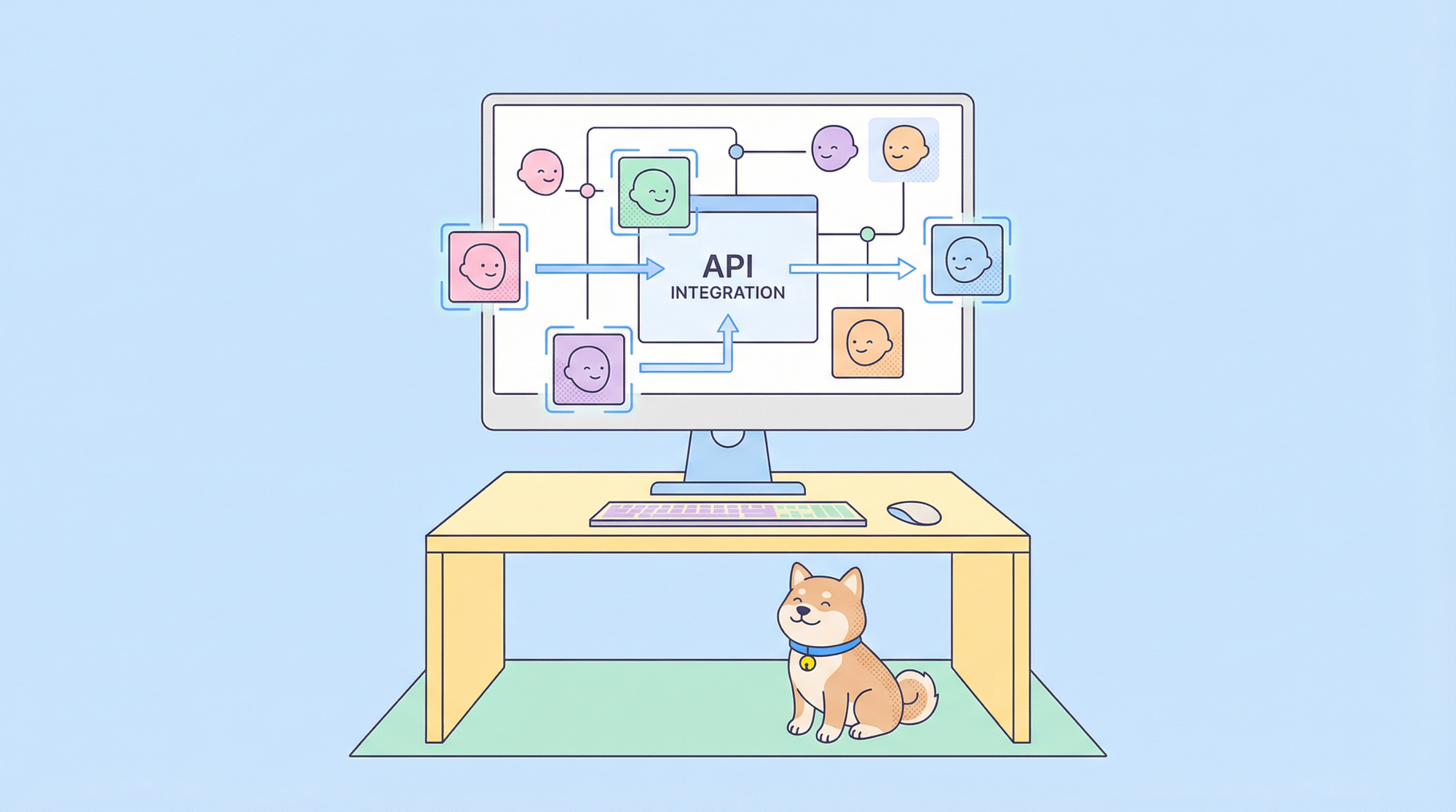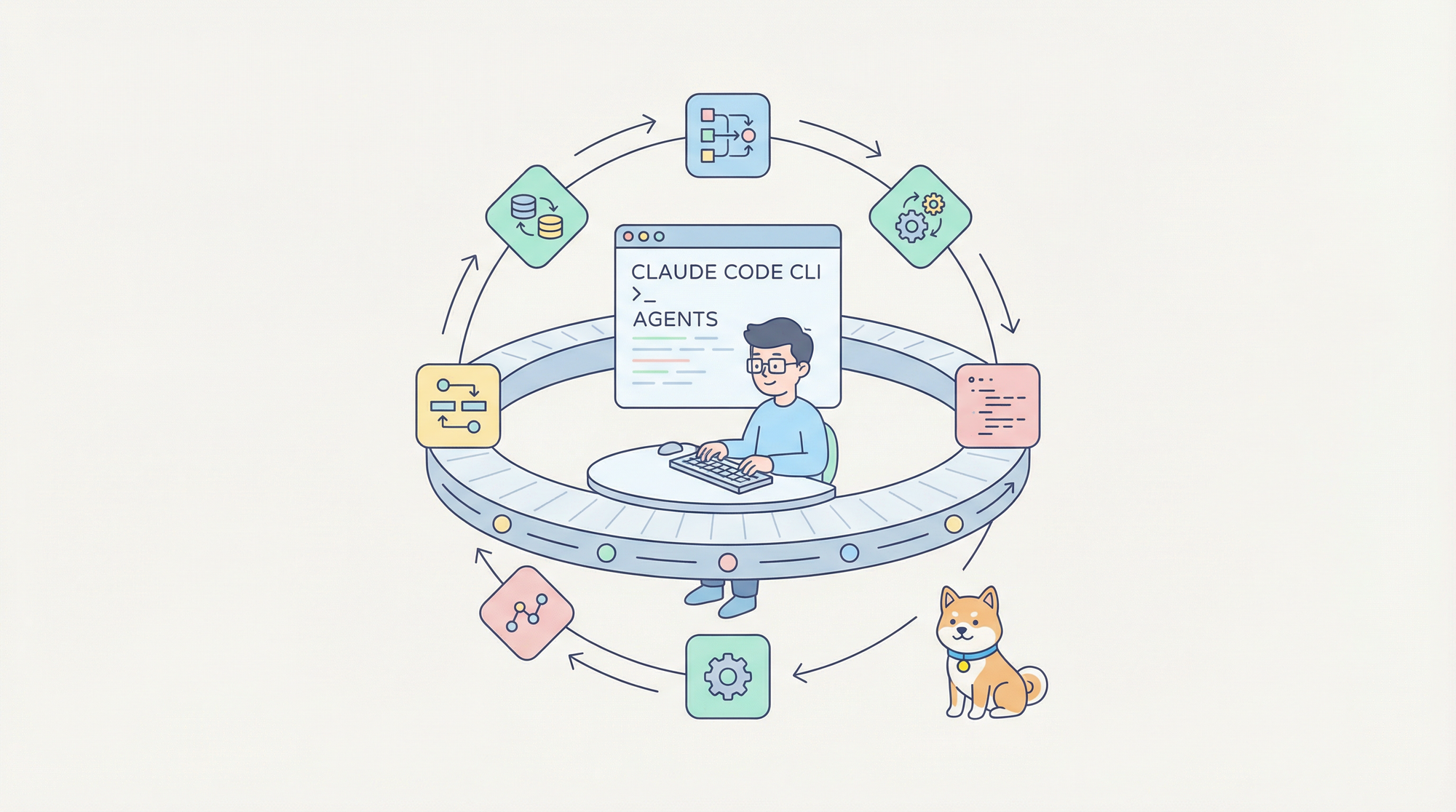Postman just dropped a game-changer. The company, already a household name in API development, has launched its AI Agent Builder—a platform that lets developers design, test, and deploy AI-powered agents with unprecedented ease.
Think of it as giving your APIs a brain upgrade, enabling them to make decisions, solve problems, and automate tasks without constant human oversight. This innovation represents a significant leap forward in API management, empowering developers to seamlessly integrate artificial intelligence into their workflows.

What Exactly is Postman’s AI Agent Builder?

The AI Agent Builder is more than just a feature—it’s a complete reimagining of how APIs interact with artificial intelligence. By combining Postman’s robust API infrastructure with cutting-edge LLMs, this platform allows developers to bridge the gap between traditional API functionality and intelligent automation.
The result? Intelligent agents that can automate tasks ranging from error detection to full-scale workflow orchestration .

For years, Postman has been the go-to tool for API testing, but the rise of generative AI pushed the company to reimagine its role. As CEO Abhinav Asthana noted, “APIs are foundational to AI agents. Without them, agents can’t interact with services or execute workflows” . This realization led to the birth of the AI Agent Builder, designed to bridge the gap between AI’s potential and real-world API applications.
The tool enables developers to create agents that can perform tasks such as error detection, workflow orchestration, customer service automation, and more.
Key Features of Postman AI Agent Builder
1. Direct Integration with Large Language Models (LLMs)
One of the standout features of the AI Agent Builder is its seamless integration with LLMs like OpenAI’s GPT, Anthropic’s Claude, and Google’s Gemini. These models bring advanced natural language processing capabilities to APIs, allowing developers to build agents that can understand context, generate responses, and make decisions.

- Easy LLM Connections: Developers can connect to LLMs without complex configurations or additional middleware.
- Customizable Prompts: The platform allows you to define system prompts that guide how LLMs behave in specific scenarios.
- Real-Time Testing: Developers can test interactions with LLMs directly within Postman to ensure accuracy and reliability.
This integration makes it possible to build intelligent agents capable of handling tasks like customer support inquiries, data analysis, or even generating insights from unstructured data.
2. Tool Generation API
The Tool Generation API is another powerful feature that sets Postman apart. With this capability, developers can transform any API from Postman’s extensive Public API Network into agent-ready tools in minutes.

Step 1. Search for an API Request

Postman’s Public API Network is one of its most valuable assets. With over 18,000 pre-built APIs available, developers have access to a vast library of resources for building intelligent agents.
With this feature, you can quickly integrate popular APIs like Stripe for payments or Google Maps for geolocation. You may also find APIs suited for various industries and applications (or, APIs shared by other developers in the community).
This extensive network ensures that you’ll always have the tools you need to build powerful agents without starting from scratch.
Step 2. Select a LLM and Programming Language
(Currently, Postman AI Agent Builder supports Javascript or Typescript, but more languages are coming)
In many cases, a single LLM may not be sufficient for all tasks within an agent workflow. Postman addresses this by supporting multiple models within a single workflow.

You can pick different LLMs for specific tasks (e.g., one model for text generation and another for sentiment analysis). Also, you can easily switch between models as new ones become available without reworking your entire workflow.
This flexibility enables you for better Task Optimization: Select models based on their strengths to optimize performance across various use cases. This ensures that your agents remain adaptable as technology evolves.
Click on the "Generate code" button, and your code is ready for pasting to your Agent workflow.

- Agent-Ready APIs: Convert APIs into tools optimized for use in AI workflows with minimal effort.
- Custom Settings: Fine-tune tool generation settings to align with specific agent frameworks or requirements.
- Code Generation: Automatically generate reusable code snippets for integrating APIs into workflows.
This feature significantly reduces development time by automating much of the setup process required for integrating APIs into intelligent systems.
3. No-Code Visual Workflows (Postman Flows)
Postman Flows provides a no-code interface for building workflows visually. This drag-and-drop tool allows developers to create complex agent behaviors without writing a single line of code.

- Intuitive Interface: Connect APIs, logic blocks, and LLMs using a simple drag-and-drop mechanism.
- Workflow Automation: Build agents capable of performing tasks such as inventory management, payment processing, or sending alerts.
- Reusable Components: Save and reuse workflow components across multiple projects for faster development.
This feature democratizes access to AI agent development by making it accessible even to those without extensive programming experience.

4. Built-In Testing and Debugging Tools
Postman has always excelled in providing tools for testing and debugging APIs, and the AI Agent Builder continues this tradition with enhanced capabilities tailored for intelligent agents.
- Postbot AI Assistant: A built-in assistant that helps test prompts, debug workflows, and generate documentation automatically.
- Scenario Simulations: Test your agents under various conditions—such as traffic spikes or data anomalies—to ensure robust performance.
- Error Detection: Automatically identify issues in workflows or API integrations before deployment.
These tools streamline the development process by minimizing errors and ensuring that your agents perform reliably in production environments.
Postman makes it easy to organize your APIs and workflows into collections for better collaboration and scalability.
- Shared Collections: Share collections with team members or across organizations to streamline development efforts.
- Version Control: Keep track of changes made to collections over time for better project management.
- Collaboration Tools: Work collaboratively on collections with features like comments and real-time updates.
These organizational features are particularly useful for teams working on large-scale projects involving multiple agents or workflows. However, what postman lacks here is a complete workflow that intergrates with API Documentation, of which you might select Apidog as the perfect postman alternative.

Final Thoughts: AI Agents are Coming to API Testing Realm?
Postman’s move isn’t just about APIs—it’s part of a broader shift toward agentic AI, where systems act autonomously to solve problems. Think of it like the mobile app revolution: early apps were basic, but integration with cloud services turned smartphones into essential tools. Similarly, AI agents will evolve from niche tools to core components of business infrastructure .
Does Postman AI Agent Builder Mean the End for API Testers?
Postman's AI Agent Builder represents an evolution in how we approach API development and testing. Postman AI Agent Builder augments human expertise by automating repetitive testing patterns while creating new opportunities for testers to develop AI-driven test strategies and intelligent validation frameworks. It empowers them with advanced tools to handle routine tasks more efficiently, allowing them to focus on complex testing scenarios and strategic quality assurance.
What Can Postman AI Agent Builder Do for Businesses?
The introduction of AI agents in API testing actually elevates the role of API testers to that of AI testing architects. Testers now have the opportunity to design sophisticated test scenarios that combine traditional API testing with AI-driven validation, creating more comprehensive and intelligent testing frameworks. This shift requires testers to develop new skills in AI integration and workflow optimization, making their role more valuable than ever in ensuring the quality and reliability of modern API ecosystems. As organizations increasingly adopt AI-powered solutions, the demand for skilled professionals who can effectively leverage these tools while maintaining testing best practices continues to grow.




